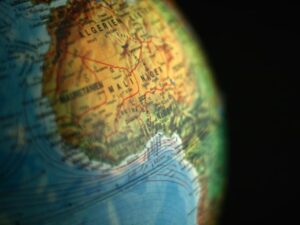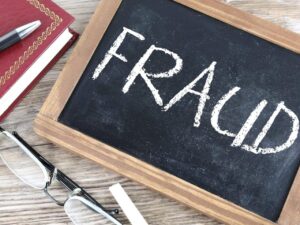Hold off on the baths, for now, you heathens.
Cape Town has seen pretty steady rainfall this past week (no, we’re not going to thank Angus Buchan), with dam levels rising to 62% of their storage capacity.
Quite a turnaround from earlier this year, when we came within a few months of having the taps turned off, and that has prompted Cape Town’s deputy mayor, Ian Neilson (pictured below), to consider gradually lowering the water restriction levels.
IOL reports:
[He] said during a meeting with the national Department of Water and Sanitation (DWS) last Friday that the City proposed there should be a gradual relaxation of restrictions. “The City has advocated for a conservative relaxation of the restriction levels, which would pave the way for the associated relaxation of the restriction tariffs.
“Dam levels have again improved over the past week, rising by 1.9% to 62% of storage capacity. The average water consumption for the past week was 513 million litres per day, down from the previous week’s 527 million litres per day…

This means, for instance, that Cape Town is required to reduce usage by 45% of what it would normally be allocated. This is also how the City’s target of reaching 450million litres of water per day, or 50 litres per person per day, was calculated. The City has been advocating a risk-based and conservative adjustment of restriction levels for some time now.”
Good to see that Ian has calmed down since that horrendous interview he gave back in February.
Given how much flak the City of Cape Town, and by association, the DA, has caught for their handling of the water crisis, they must be itching to see the water restrictions lightened ahead of next year’s election.
The national Department of Water and Sanitation (DWS), though, aren’t ready to play ball on that front:
…spokesperson for the DWS Sputnik Ratau said the government’s position remained restrictions would only be lowered at 85% capacity.
He said the rains had helped the province over the last few days.
“But we are not even close to 70%. Before the drought was at its peak our dam levels were quite high. What we need to do is to ensure that there is sufficient water for all users. We are heading into the summer season where there is almost no rain.”
It is the national department who has the final say, deciding on the amount of water that towns, cities, agriculture and industry can use.
The City of Cape Town also finds itself in a tricky situation regarding water tariffs, too. Here’s advocacy group Stop COCT founder Sandra Dickson:
[The City] should have never connected the tariffs to restrictions because now they find themselves in a rock and a hard place. If they reduce restrictions they have to reduce tariffs, which will mean less income.
I guess the best we can hope for is continued rain, and continued responsible water usage from the people of the Mother City.
Via the City of Cape Town’s site, here’s a look at the dam levels yesterday (August 28), with the overall storage now reaching 63,5%:

Before we go, I would like to draw attention to this video, shared by News24, South Africa’s premier news website, last month.
Who? Why? What? We are better than this:
[sources:iol&capetowngov]





